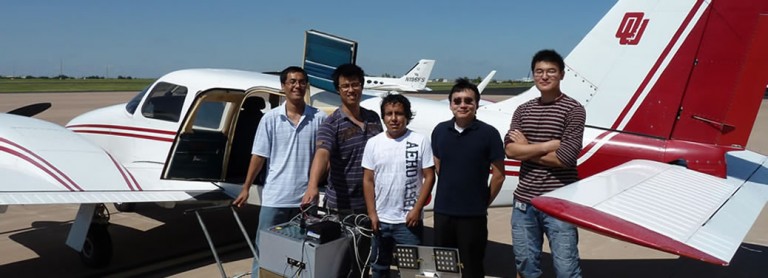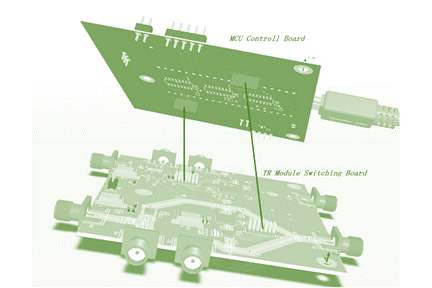Intelligent Aerospace Radio Team (IART) is a research team at University of Oklahoma for fundamental research on aviation and navigation technologies and scientific missions. The covered areas include airborne sensors for weather sensing, aviation hazard surveillance sensors, aviation support systems, weather sensor networks in ocean and airspace, algorithms for hazard detection and simulations. Unique technologies are particularly useful for unmanned sensing platforms.
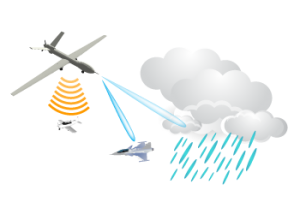
PARADOX
(Polarimetric Airborne Radar Operating at X-band) Low-cost, airborne weather radar sensors for multiple aviation hazard detection, a fundamental research concept being developed and deployed since 2007.
Publication (2017) Airborne Weather Radar Simulation
MARBLE
(Millimeter Airborne Radar for Learning and Education) is a Ka band weather and cloud radar being developed for testing on NASA’s scientific aircraft platforms. It is the first of the kind airborne radar system in OU’s history.
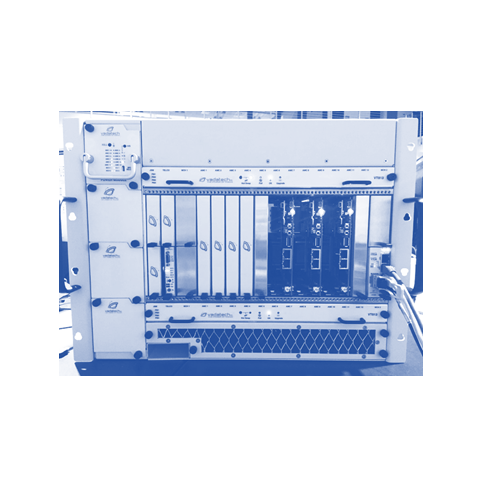
REM
REM (Real-Time Embedded Processor for Multi-mission) is a highly flexible and reconfigurable heterogeneous HPC concept supporting different radar and antenna missions. It is an also advanced radar backend using RapidIO protocols.
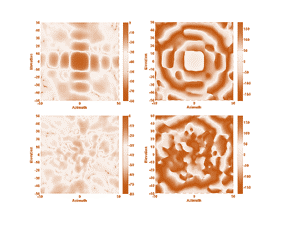
PASIM
PASIM is originally an FDTD-based EM simulator for large scale phased array antennas, it’s currently being extended to a Python-MATLAB-based, open source radar system simulator for simultaneous multi-mission evaluations.
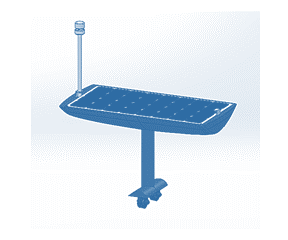
MURON
(Micro Unmanned Robot Observation Network) is a network of intelligent, autonomous, and reliable unmanned surface vehicles (USVs) for atmosphere observations over ocean being developed, and supported by Weathernews. Currently being deployed to multiple ocean sites.
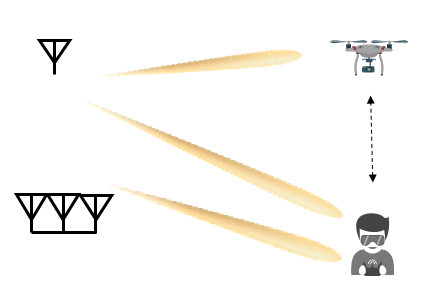
Drone Detection and Mitigation Radar (DDMR)
DDMR is a new concept for small drone (UAS) detection, mitigation and class-G air-space integration. It uses a special type of FMCW waveform for both target acquisition and counter-measure. Which can achieve small size and weight while has multiple functions.
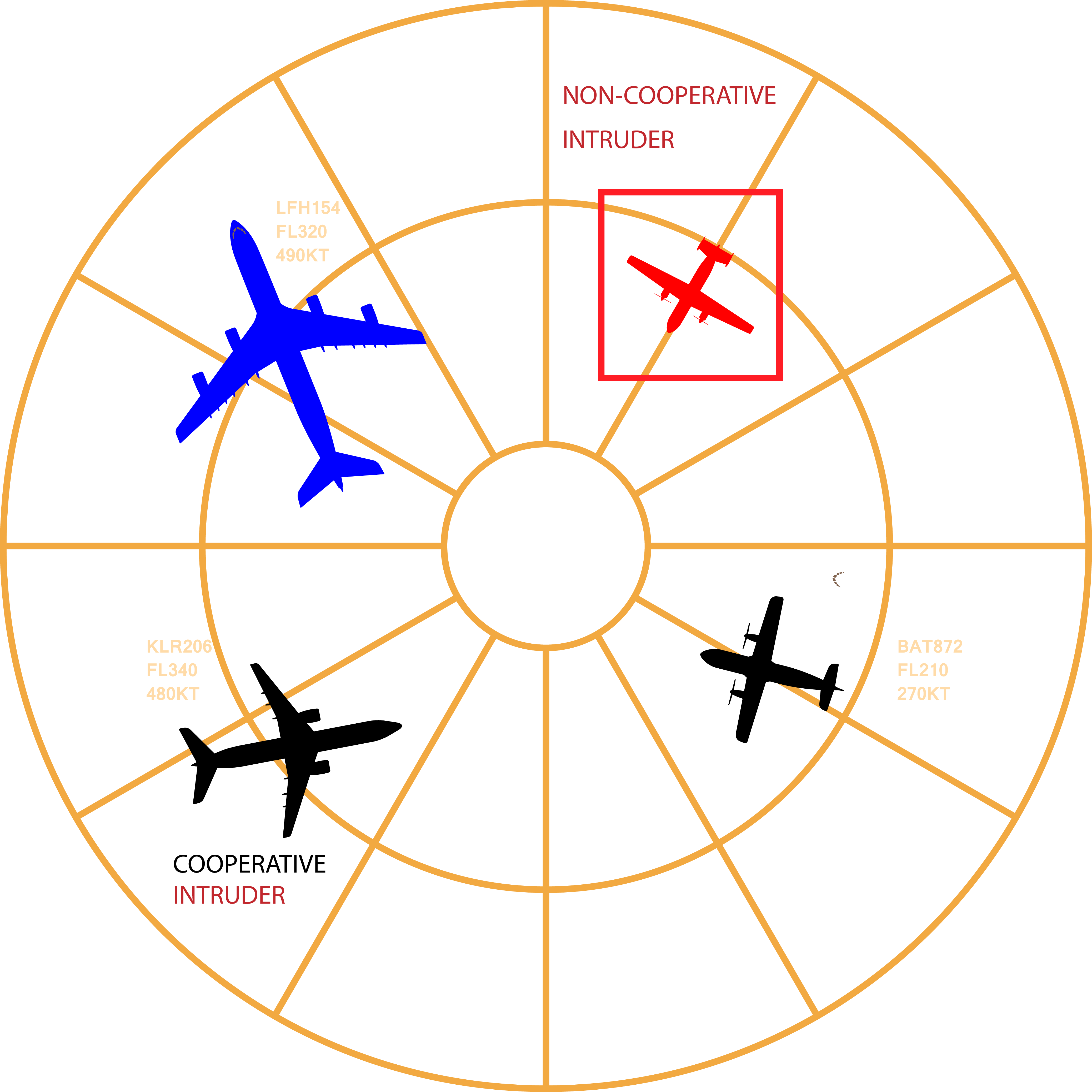
ADS-B Radar
ADS-B based primary radar technology and the capability of non-cooperative collision threat monitoring is useful for integration of UAS in the NAS. The UAS can use the same transponder for both primary and secondary radar functions.

